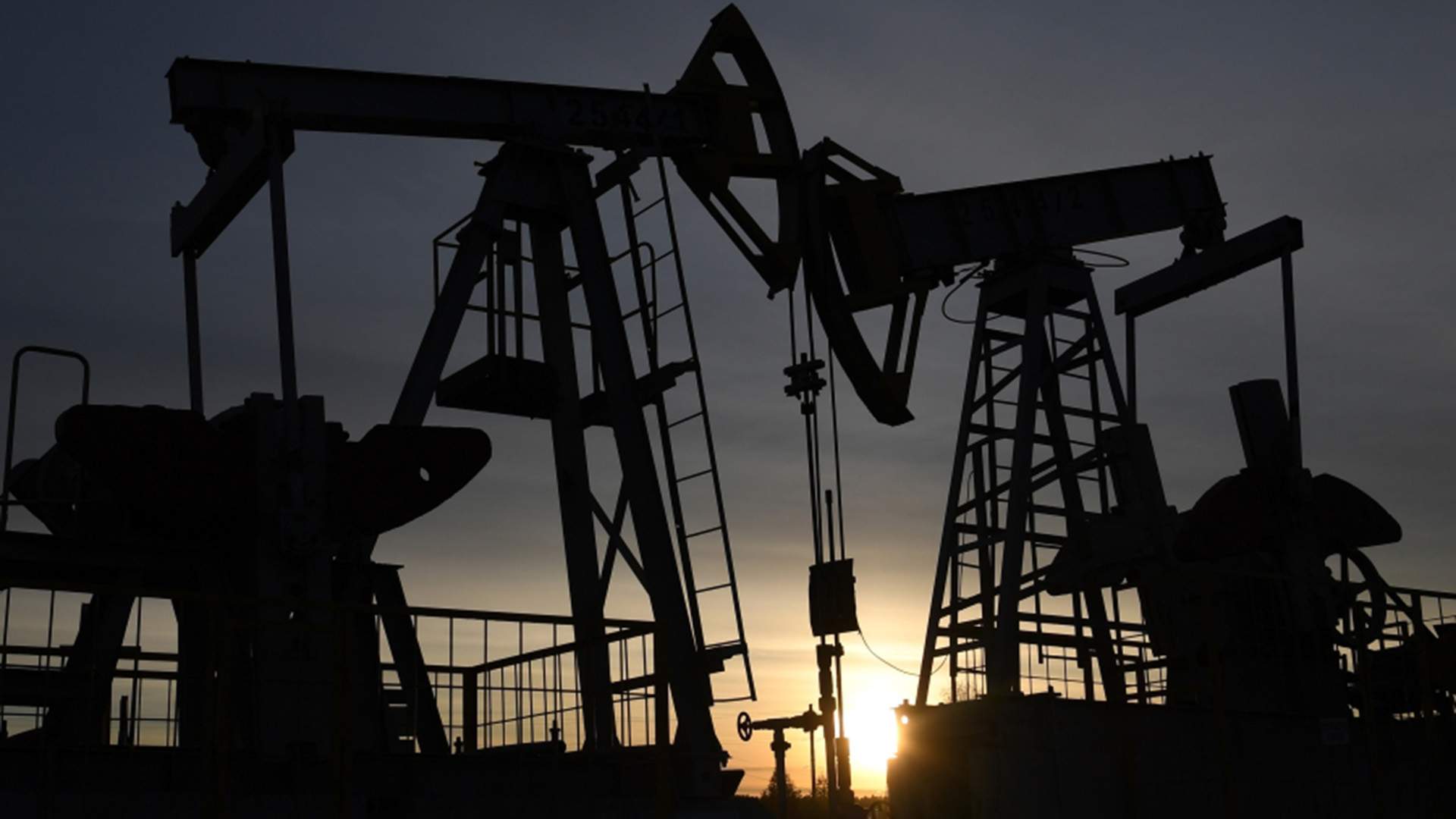
OPEC+ Decides to continue voluntary oil production cuts into 2nd qtr
By Rhod Mackenzie
OPEC+ members, led by Saudi Arabia and Russia, have agreed to extend voluntary oil production cuts until the second quarter of 2024. This decision is a three-month extension of the cartel's previous decision made on November 30th of last year.
Saudi Arabia, the leader of OPEC, has announced that it will continue its voluntary production cut of 1 million barrels per day until the end of June, which will maintain output at approximately 9 million barrels per day. Additionally, Iraq, the UAE, Kuwait, Kazakhstan, Algeria, and Oman have confirmed that they will extend their voluntary commitments to reduce production until the second quarter of 2024.
Russia has also announced voluntary cuts of 471 thousand barrels per day (tbp). Furthermore, the relationship between production compression and export decline will vary each month of the quarter. Specifically, in April, we will reduce production by 350 tbp and exports by 121 tbp. In May, we will reduce production by 400 tbp and exports by 71 tbp. Finally, in June, the entire volume of reductions will be in production. It is important to note that the announced restrictions are in addition to the obligations our country assumed last year, which amounted to 500 tbc and are valid until the end of this year.
Since autumn 2022, OPEC+ members have implemented several production cuts, both within and above quotas, amounting to 4892 tbp, or approximately 4.7% of daily global demand . Despite this, the group of exporters has not yet achieved a consistent rise in oil prices. We must accept maintaining quotations within a satisfactory range of 75-85 dollars per barrel, which is suitable for the Russian budget but not for Saudi Arabia.
The global balance of oil supply and demand is currently very fragile due to unstable demand, and predictions for its dynamics vary greatly, ranging from an increase of 1.22 million barrels per day predicted by the International Energy Agency to a plus of 2.225 million barrels per day expected by OPEC. On the supply side, US production has been increasing actively. Last year alone, Americans increased production by 1.5 million barrels per day through the development of shale oil, reaching a record 13.5 million barrels per day (excluding gas condensate). As a result, they have gained market share without any competition from OPEC+.
Additionally, Iran, which is not part of the OPEC+ agreement, is increasing its oil production and exports. If in 2020 the country's oil production did not reach 2 million barrels per day, it has now exceeded pre-sanction levels by reaching 3.9 million barrels per day by the end of 2023. This even surpasses the figures prior to the introduction of American 'full oil sanctions' in 2018.
Analysts estimate that Saudi Arabia alone currently has 3 million barrels per day of spare capacity suitable for rapid restart. This surplus could significantly impact American shale oil. However, such a measure would also have a serious impact on the finances of the OPEC+ participants themselves. Therefore, whether the 'push-pull' dilemma that has developed in the global oil market will be resolved remains an open question.
